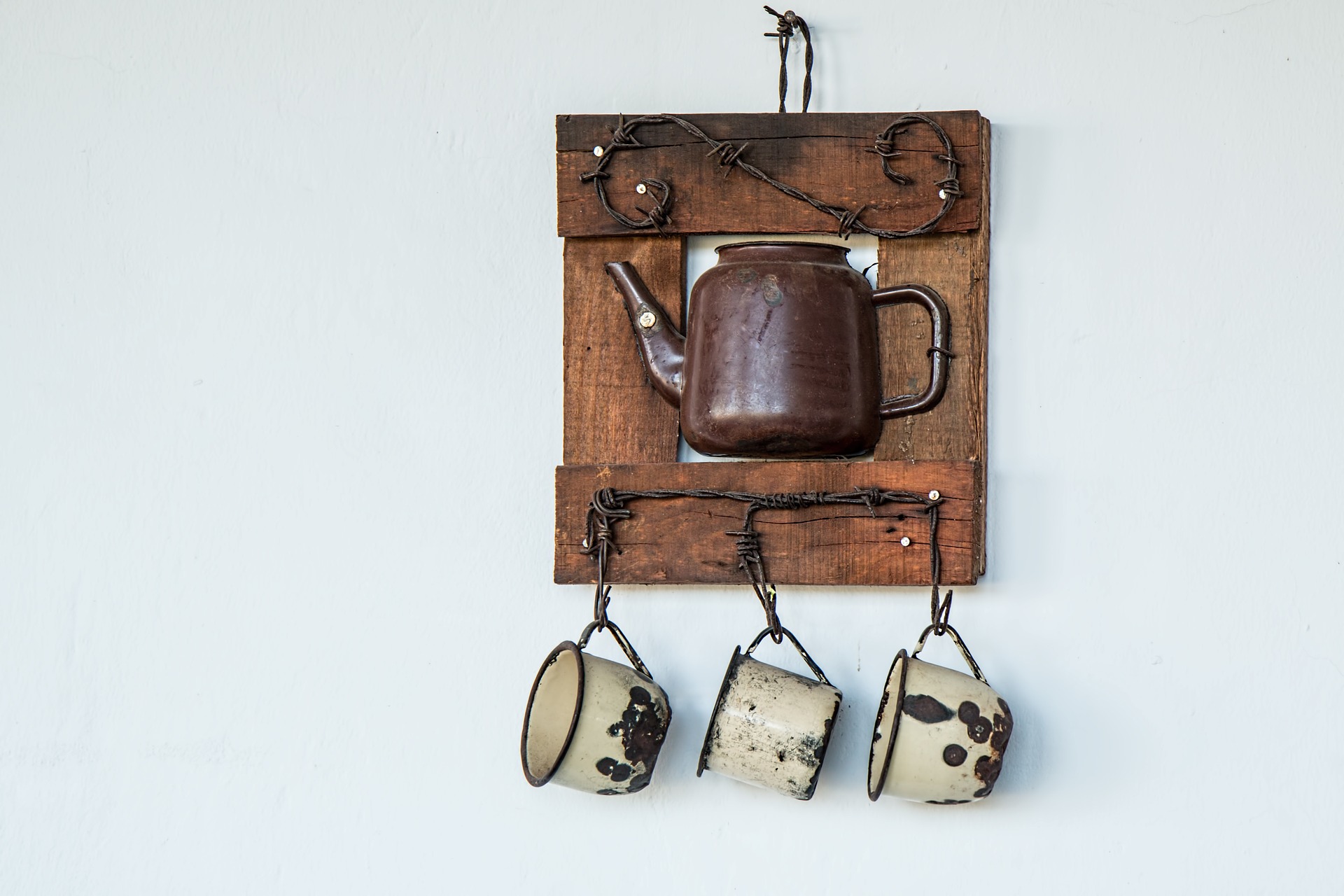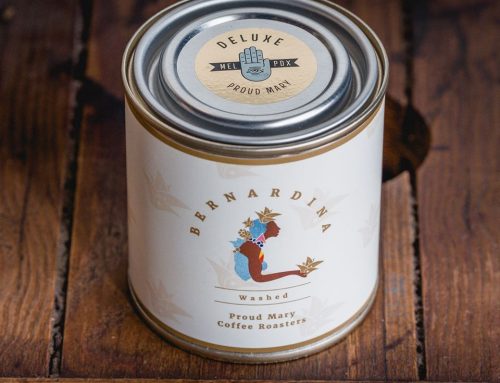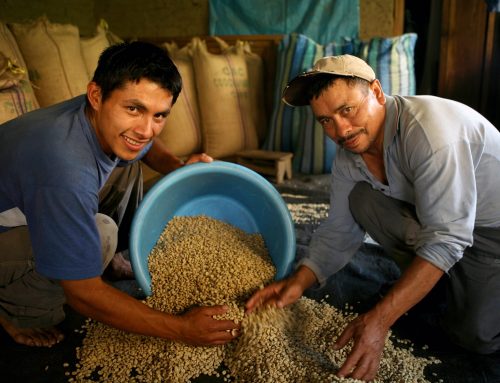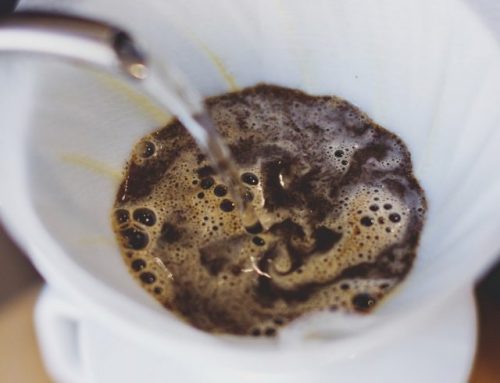The history of coffee is fascinating. In a few centuries, an obscure beverage has gone from being a local drink to being the subject of its own culture.
Coffee at a Glance
Some estimates reveal there could be anywhere from 25 to 100 coffee species in the world. Almost all trace their roots to the southern highlands of Ethiopia. For most intents and purposes, though, coffee production focuses on two species: coffea arabica and coffea canephora (var. robusta). While there are a few varieties of Robusta coffee, the vast majority of well-known varieties (like Typica, Geisha, Bourbon and Brutte) originate from higher-altitude Arabica plants.
The Coffee Trade Throughout History
The history of coffee begins in Ethiopia, where legend claims a goat herder discovered the caffeinated cherries of the coffee bush. However, it wasn’t until the beans reached Yemen around the 15th century that its roasting and brewing processes became recognizable to the modern coffee drinker. The coffee plant and its famous brew then spread to Turkey, Persia, Northern Africa and neighboring Middle Eastern countries by the 1500s.
Explorers and traders of the Dutch East India Company and British East India Company brought coffee to European shores by the 17th century. Soon the coffee craze hit throughout Europe, with coffeehouses appearing from London to Vienna to Venice.
Colonial Americans first gazed upon coffee beans in the later 1600s, when the first cafes opened in New Amsterdam (now New York City), and became true fans of the brew by the mid 1700s. Explorers brought coffee beans to Central and South America in the 1700s, and soon began their own cultivation. Likewise, Dutch traders who colonized Indonesia established their own process of coffee production.
Coffee Today
Today, coffee is the third most consumed beverage in the world, after water and tea. It’s a daily ritual for billions of people across the world and continues to grow in popularity. In recent years, the third wave coffee movement has attracted a whole new generation of drinkers and established a new chapter in the history of coffee.
Sources:
http://www.ncausa.org/About-Coffee/What-is-Coffee
https://publicdomainreview.org/2013/08/07/the-lost-world-of-the-london-coffeehouse/
http://www.ncausa.org/About-Coffee/Coffee-Around-the-World
http://drinks.seriouseats.com/2013/06/coffee-flavor-profiles-major-growing-regions-guatemala-kenya-brazil-ethiopia.html
http://www.ncausa.org/About-Coffee/History-of-Coffee
http://powo.science.kew.org/taxon/urn:lsid:ipni.org:names:747038-1
https://www.scaa.org/?page=resources&d=a-botanists-guide-to-specialty-coffee







